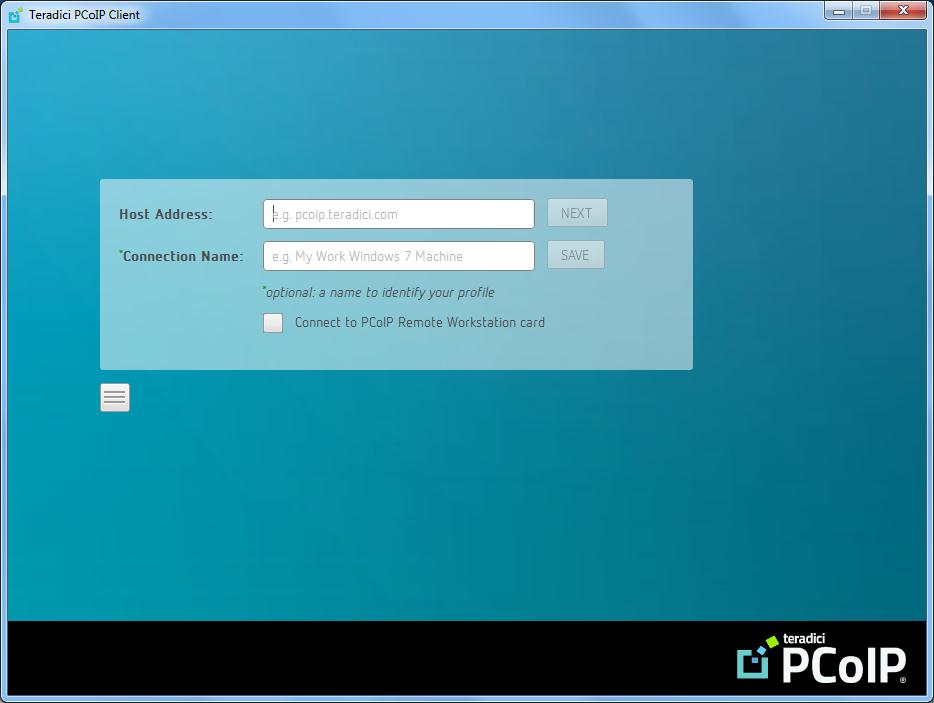
- #MANAGE TERADICI PCOIP HOW TO#
- #MANAGE TERADICI PCOIP ZIP#
- #MANAGE TERADICI PCOIP DOWNLOAD#
- #MANAGE TERADICI PCOIP WINDOWS#
C xPSDesiredStateConfiguration -strip -components 1 Invoke-WebRequest -Uri https: // /dsccommunity /ActiveDirectoryDsc /archive /v2.

Install-DC -and -CA / Invoke-WebRequest -Uri https: // /dsccommunity /xPSDesiredStateConfiguration /archive /v7. deploy /root /configure -dc -and -ca /cDisk /. deploy /root /configure -dc -and -ca / Install-DC -and -CA.ps1. deploy /connection -service / new-admin -vm / Install-ConnectionServer.ps1. deploy /remote -workstations / new-agent -vm / Install-PCoIPAgent.ps1. Mkdir -p $home /clouddrive /DSC / Install-DC -and -CAĬp. Mkdir -p $home /clouddrive /DSC / Install-ConnectionServer Mkdir -p $home /clouddrive /DSC / Install-PCoIPAgent $gitRepo = " " $storageAccountName = " " $stogareAccountResourceGroupName = " " $containerName = " "
#MANAGE TERADICI PCOIP ZIP#
You can also run the following script in CloudShell to build the DSC zip files: Zip ip the contents of the folders and name them appropriately.The dscmetadata.json files is a simple JSON file that details location information for where to load modules from.xPSDesiredStateConfiguration\→ The contents of xPSDeiredStateConfiguration v7.0.0.1.tar.gz\xPSDesiredStateConfiguration-7.0.0.Add each dependency to seperate folders, for example for Install-ConnectionServer the structure should look like:.Create a folder with the DSC script at the root level.xPSDeiredStateConfiguration v7.0.0.1.
#MANAGE TERADICI PCOIP DOWNLOAD#
#MANAGE TERADICI PCOIP HOW TO#
This section outlines how to create a DSC zip file for the Cloud Access Connector for Azure: Deploy-CAM.ps1 -binaryLocation -CAMDeploymentTemplateURI " " Creating a DSC Zip File Invoke-Webrequest -usebasicparsing " " -OutFile Deploy-CAM.ps1

Mkdir -p $home /clouddrive /binaries /agent
#MANAGE TERADICI PCOIP WINDOWS#

Click on the following link for Cloud Access Subscription by running a few instructions in an Azure PowerShellĬloud Shell session. The Cloud Access Manager solution is deployed in your Microsoft Azure

Is a cloud service that simplifies and automatesĭeployments of Cloud Access Software.


 0 kommentar(er)
0 kommentar(er)
